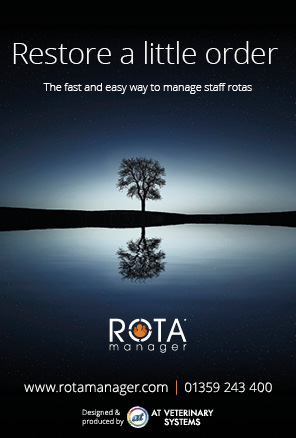RVC analysis leads to canine research recommendations
The project explored the sources of funding, research gaps and challenges in research design.
The Royal Veterinary College (RVC) has released a series of recommendations which it believes will improve research into canine health and welfare.
It says that its findings will not only mean that future research has more impact, but also guide funding to the projects that matter.
The UK Canine Research Funding Analysis Project is designed to investigate the state of canine health and welfare research funding in the UK. It is separated into three different phases, revealing where funding comes from, research gaps, and the challenges in research design.
The study’s first phase found that 90 per cent of canine-specific research funding came from animal-directed funders. Although wide-scope funders provided larger grants, these were usually directed to One Health research projects.
Phase two explored research gaps in the canine sector, and found an underfunding of studies into responsible breeding, canine behavioural issues and the impact of human lifestyle. The third phase, which used insights from phases one and two, investigated the challenges posed by research design, processes and sector infrastructure.
Based on these findings, RVC has identified a number of common challenges posed to researchers in canine research and proposed possible solutions to them.
RVC says that the grant application process is often burdensome and inconsistent, with a lack of feedback to applications which are rejected. Their report recommends a standardised, two-stage process, followed by brief but structured feedback to any unsuccessful applicants.
It has also called for a centralised, publicly-available database to make it easier to track past funding and identify gaps and opportunities.
Researchers in the early stages of their career reported difficulty securing funding, with few grants providing postdoctoral salaries or career development opportunities. RVC says that dedicated funding and mentorship initiatives could support new researchers in the sector.
The research also highlighted stakeholders’ need for a structured way to set research priorities, ensuring funding addresses urgent canine welfare concerns. RVC recommends a method similar to the model used by the James Lind Alliance does for human medical research.
Finally, RVC calls for the prioritisation of projects which directly benefit canine welfare. It suggests the use of impact metrics including ‘Benefit for the Dog’ and ‘Pathway to Impact’.
Alison Skipper, researchers in canine health research at the RVC, said: “This extensive project highlights the need for significant improvements in how we fund and conduct research on canine health and welfare.
“While UK funders have made valuable contributions, our findings show that inefficiencies in funding processes, a lack of collaboration and limited support for early-career researchers are preventing research from having its full impact.
“By streamlining applications, increasing transparency and fostering strategic partnerships, we can ensure that future research is both effective and directly beneficial to dogs.”
Image © Shutterstock



 The RCVS has announced a new version of its 1CPD mobile app, with enhanced features for veterinary surgeons and veterinary nurses to record their continuing professional development.
The RCVS has announced a new version of its 1CPD mobile app, with enhanced features for veterinary surgeons and veterinary nurses to record their continuing professional development.